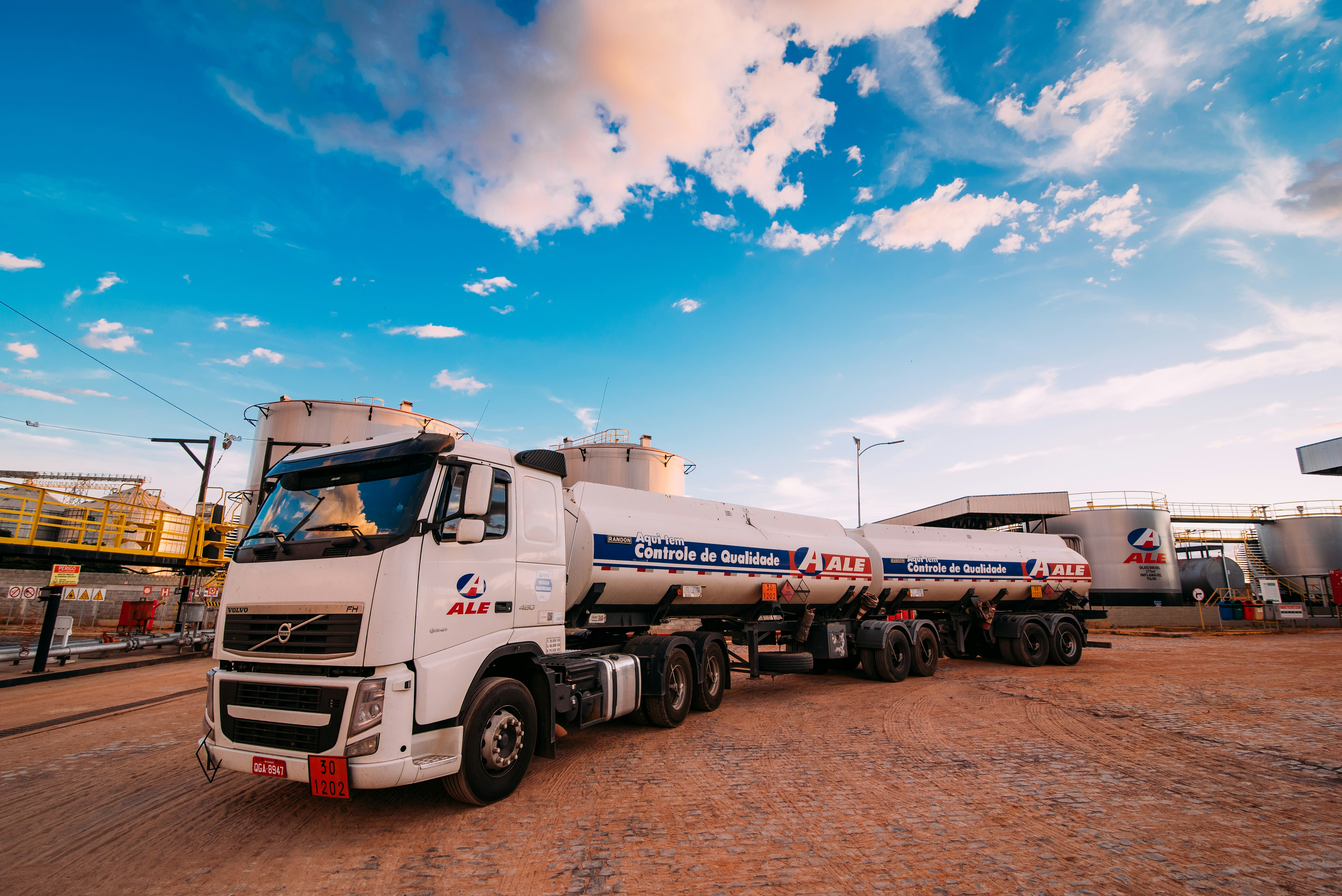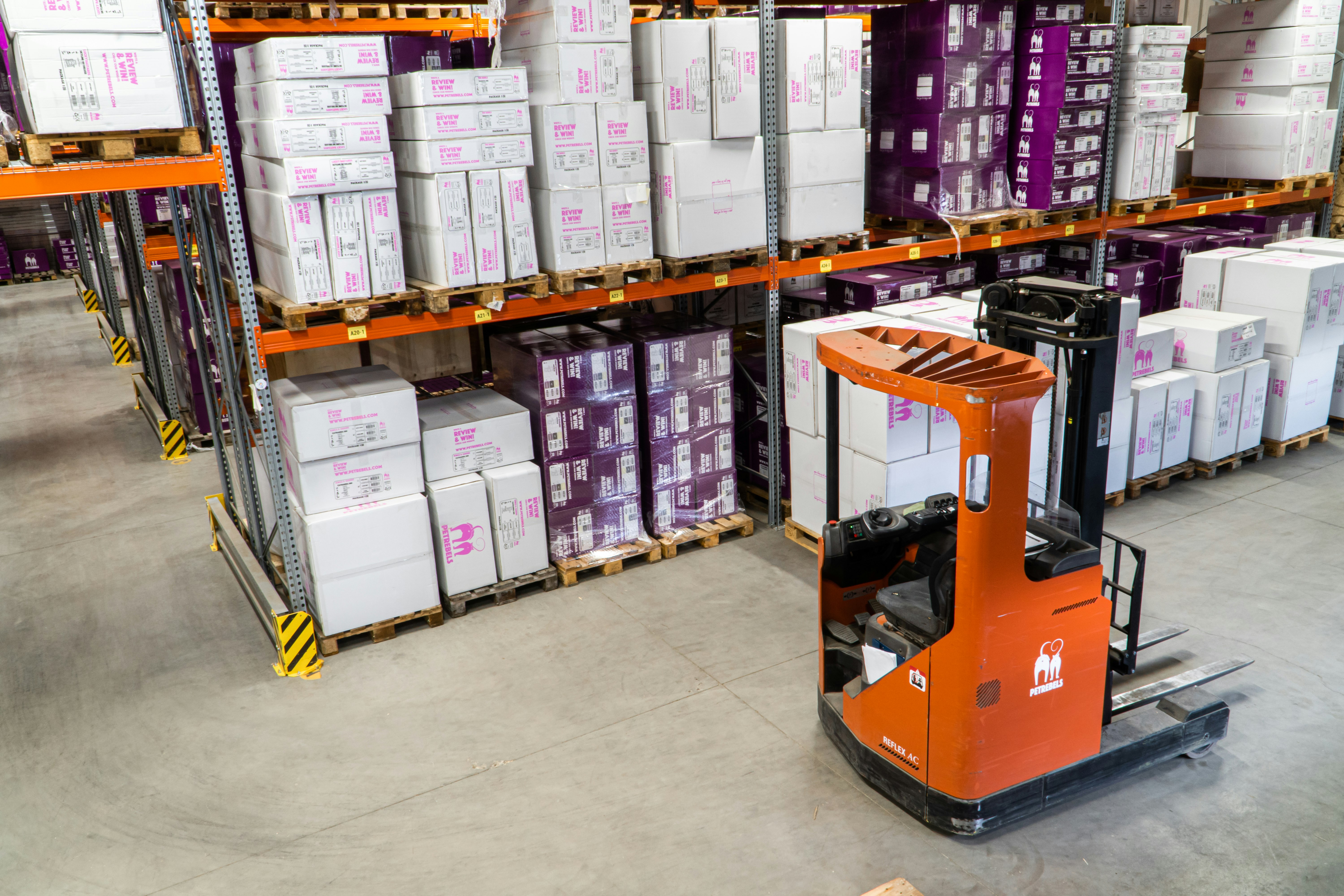How has the demand for diesel fuel evolved over the past few months, and what are the key factors contributing to its current state?
U.S. weekly diesel fuel product supplies, an indicator of demand, shows a consistent year-over-year decrease. Nevertheless, U.S. exports remain robust due to European and Latin American countries increasingly relying on them. This shift is primarily being driven by Western sanctions on Russian energy, tightening the global market.
How does demand compare to inventory (supply) and production?
Although diesel demand decreased compared to last year, it is expected to rise during the peak demand season. U.S. diesel inventories did not experience significant summertime growth despite weaker year-over-year demand. The U.S. Energy Information Administration reported weekly reductions in diesel inventories as of late, despite the usual trend of inventory growth at this time of year. Currently, diesel inventories are 15 percent lower than the five-year seasonal average.
Is this in line with what you’d expect seasonally? Or is there anything surprising about the current state?
Normally, we'd expect diesel inventories to increase through the summer because of a lull in diesel demand and greater production of diesel from refineries to support the seasonal demand for gasoline during summer driving months. However, like in the summer of 2022, we are seeing minimal diesel inventory growth this summer. During 2022, record-low inventory levels during diesel’s peak demand season in autumn raised concerns about diesel shortages, especially in the Northeast. It's crucial to note that despite concerns, there were no widespread diesel shortages as refineries kept producing. Prices did rise significantly during this time period. Prices rose enough for U.S. and global refiners to prioritize maintaining supply and shipping diesel to the U.S. over other tight markets like Europe.
With diesel fuel prices being a primary concern for logistics leaders, what strategies are being considered to mitigate the impact of rising diesel costs on transportation operations during the peak season?
Shippers are considering a couple of strategies to mitigate the impact of rising diesel costs on transportation operations during the peak season. Logistics leaders are bolstering their fuel recovery practices to prioritize a market-based approach for fuel, reimbursing carriers at the same price at which their carriers procure fuel. Additionally, logistics leaders are also using market hedging to ensure budget certainty and mitigate market volatility.
Ahead of the holiday season, are there any unique challenges that logistics leaders should anticipate this year? How is this year’s peak season expected to differ from last year in terms of fuel and freight?
Much like last year’s peak season, relatively low diesel inventory levels are likely to maintain high diesel prices through the holiday season. As of June, the inventory-to-sales ratios for retailers, excluding vehicles, and wholesalers are at or slightly higher than their 2019 average, and continued low import numbers would suggest that, in aggregate, businesses are content with current inventory levels ahead of the holidays. Following the holidays, freight demand may receive a tailwind as widespread inventory rebuilding may occur for the first time in nearly two years.
Beyond fuel, what other ways would you recommend logistics and supply chain professionals prepare to adapt their transportation strategies to improve efficiency, resilience and profitability amid economic uncertainty?
Insights from accurate and comprehensive data are crucial to ensuring transportation networks are able to adapt to an ever-changing world. These insights uncover opportunities in networks to improve efficiency and reduce costs in order to directly impact the bottom line.
Looking beyond the next 6 months, what long-term trends or shifts in the macroeconomic state are likely to impact the transportation industry, and how can logistics leaders proactively plan for these changes?
The ongoing momentum of the “near-shoring” and “friend-shoring” movement is continuing to radically shift global supply chains. As manufacturing shifts back to North America, regional capacity pressures are likely to change, particularly in Mexico and across the southern United States. Building relationships with key transportation partners while also being able to source capacity more dynamically will be essential to help mitigate disruptions to domestic and international transportation networks.




















